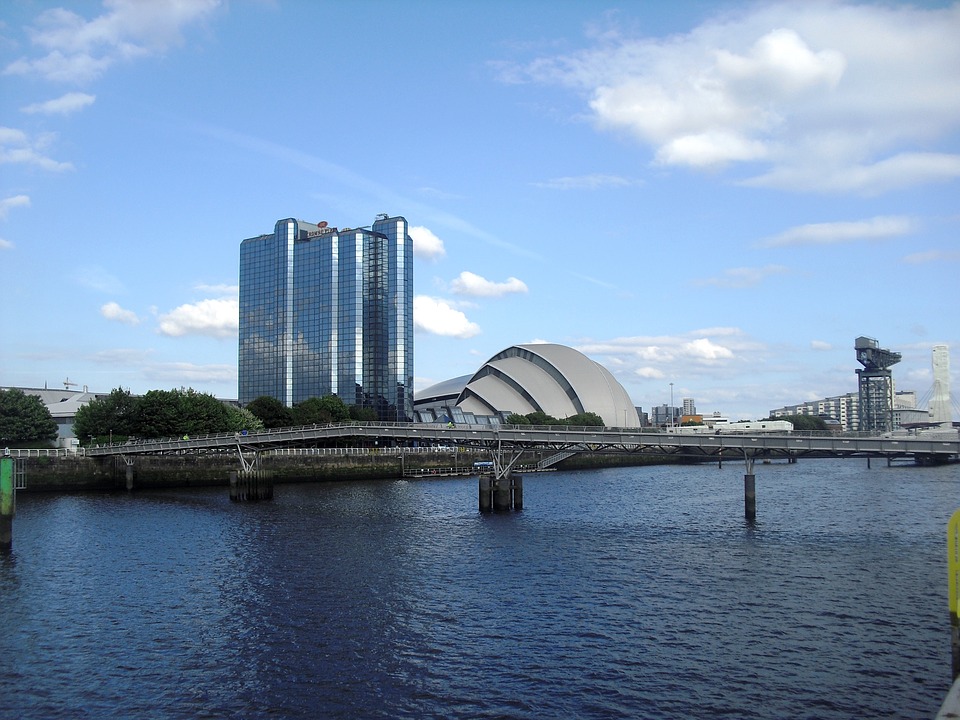Avison Young reports unveil opportunities and challenges across sectors in Glasgow and Edinburgh

Avison Young UK has released two reports shedding light on the economic and real estate landscapes of Glasgow and Edinburgh.
The reports form part of a wider Outlook Report series that Avison Young has produced with the aim of providing insights into key trends and opportunities in various sectors (office, retail, industrial and residential) across UK cities.
The pandemic, the conflict in Ukraine, and interest rate shifts have triggered a profound reshaping of the property industry, affecting all aspects of commercial real estate, from asset adaptation to development funding.
The reports reveal that Glasgow’s office sector growth is influenced by a strong talent pool in professional services and information and communication. While short-term take-up has been subdued, opportunities in flexible office spaces are abundant, responding to the evolving needs of occupiers and investors. The market demonstrates a clear dichotomy between prime assets and others, with best-in-class properties performing well and the rest experiencing increasing vacancy rates. This divergence creates opportunities for the refurbishment or repositioning of assets to higher specifications or alternative uses.
Edinburgh’s diverse economy, home to the Scottish Parliament and a major financial centre, positions it as a hub for best-in-class office spaces. Despite slow take-up, refurbished period buildings remain attractive to occupiers, achieving rents near prime levels. The City of Edinburgh Council’s target for a net zero city by 2030 may lead to increased refurbishments and redevelopments.
In the retail sector, the repositioning of redundant retail stock in Glasgow is anticipated to revive key streets and the city centre. Despite the current challenges posed by the cost-of-living crisis, an increase in inbound overseas tourism is expected to support growth in foot traffic. Capital values in the retail sector have declined to almost record-low levels, presenting an opportunity for cash-rich investors to acquire retail assets in and around Glasgow at attractive prices.
The prime shopping destination in Edinburgh has shifted from Princes Street to the nearby St James Quarter, completed in 2021. George Street has become popular for aspirational retail and food and beverage operators, catering to the increase in tourism. Rents in George Street have increased, and vacancy rates have dropped. The current high vacancy rate in the St James Quarter presents an opportunity for securing units in the prime shopping destination.
In Glasgow supply issues in the industrial sector are projected to lead to an average increase of 5.3% and 5.7% in mid and big box rents, respectively, over the next two years. The shift towards online retail is driving the need for more logistics space, creating opportunities for developers and investors to retrofit older industrial properties. With only 1.9% of current stock built in the last five years, there is potential for investors to acquire older industrial properties at reasonable pricing levels to address supply/demand imbalances.
Demand in Edinburgh’s industrial sector is characterised by smaller units, with occasional boosts from large-scale logistics deals. Vacancy levels have fallen to historic lows due to limited speculative development. Rents are forecast to increase by an average of 4.2% over the next two years, providing an opportunity for occupiers to acquire units before supply and pricing dynamics tip further towards landlords. With only 4.6% of current stock built in the last five years, there is potential for developers and investors to acquire older industrial properties in Edinburgh at reasonable pricing levels for retrofitting.
The Purpose-Built Student Accommodation (PBSA) sector is expected to thrive in Glasgow, driven by the conversion of obsolete office and retail spaces. However, the 2022 rent cap has impacted Build-to-Rent (BTR) activity, and investor confidence may take time to rebuild. Glasgow’s ambitious regeneration plans offer opportunities for development partnerships and investment acquisitions over the long term.
Edinburgh’s desirability as a city to live and study in, coupled with a highly constrained delivery environment, creates strong housing demand across tenures. Since 2011, there has been a 17% increase in the number of households living in the Private Rented Sector (PRS). Strong population growth forecasts suggest that demand will continue to rise, putting upward pressure on pricing. The Cost of Living (Tenant Protection) Act (CLTPA), a rent cap, has impacted investor confidence. As a result, some Buy-to-Rent schemes in the planning process might face challenges or could be redirected to student accommodation. Edinburgh’s ambitious regeneration plans provide opportunities for development partnerships and acquisitions over an extended time span.
Avison Young’s analysis draws upon forecasts from Oxford Economics showing Gross Value Added (GVA) is predicted to grow by 7.3% in Glasgow and 8.1% in Edinburgh over the next five years, creating an expansionary environment that will support demand for all sectors of the property market. Oxford Economics are also forecasting employment growth between now and 2028 of 4.4% for Edinburgh and 2.8% for Glasgow, and this will require firms to lease more business space to accommodate additional staff over the long term.
Paul Broad, regional managing director, Avison Young Glasgow, said: “AY Glasgow report reveals impressive labour market growth of 2.8% is predicted for the next five years, surpassing the national average for Scotland of 1.6%, fueled by the knowledge industries. The office sector sees a surge in demand for flexible office spaces, presenting profitable opportunities for both occupiers and investors.
“In the retail sector, the findings uncover a potential resurgence, with historically low capital values presenting an attractive prospect for investors and projecting a 7.9% consumer expenditure growth over the next five years. Beyond insights, this report serves as a guide for our clients navigating the dynamic local real estate market, providing not just expertise but a clear roadmap for the year ahead.”
Stewart Taylor, regional managing director, Avison Young Edinburgh, added: ” Edinburgh’s economic forecast shines with an impressive 8.1% GVA growth, outpacing the UK average. Key sectors including Information and Communication, Transport, Accommodation, Food, and Professional Scientific and Technical are poised to drive a substantial 4.4% job growth in the next five years.
“Edinburgh’s ambitious regeneration plans create an extended window for strategic development partnerships and acquisitions, fostering collaboration between the public and private sectors. Our report not only offers insights into the market but also serves as a catalyst for local growth, providing investors with a roadmap to seize opportunities.”










